Cat island
Cats offer companionship, comfort, and unconditional love. Their playful antics and calming presence bring joy and solace to our lives. In their unique way, cats teach us to appreciate the simple pleasures of life and to embrace the beauty of each moment.
So at our animal village, we created a cat island. The island is home to hundreds of cats that are tame and will approach humans.
Occupied by hundreds of wild cats that roam the forests and fields, chasing people for food.
Contrary to popular belief, cats are not aloof or indifferent. They form strong attachments to their human caregivers and reciprocate their love in unique ways. While they may not wag their tail or lick your face like dogs, cats have their own vocabulary of love that's waiting to be understood and appreciated.
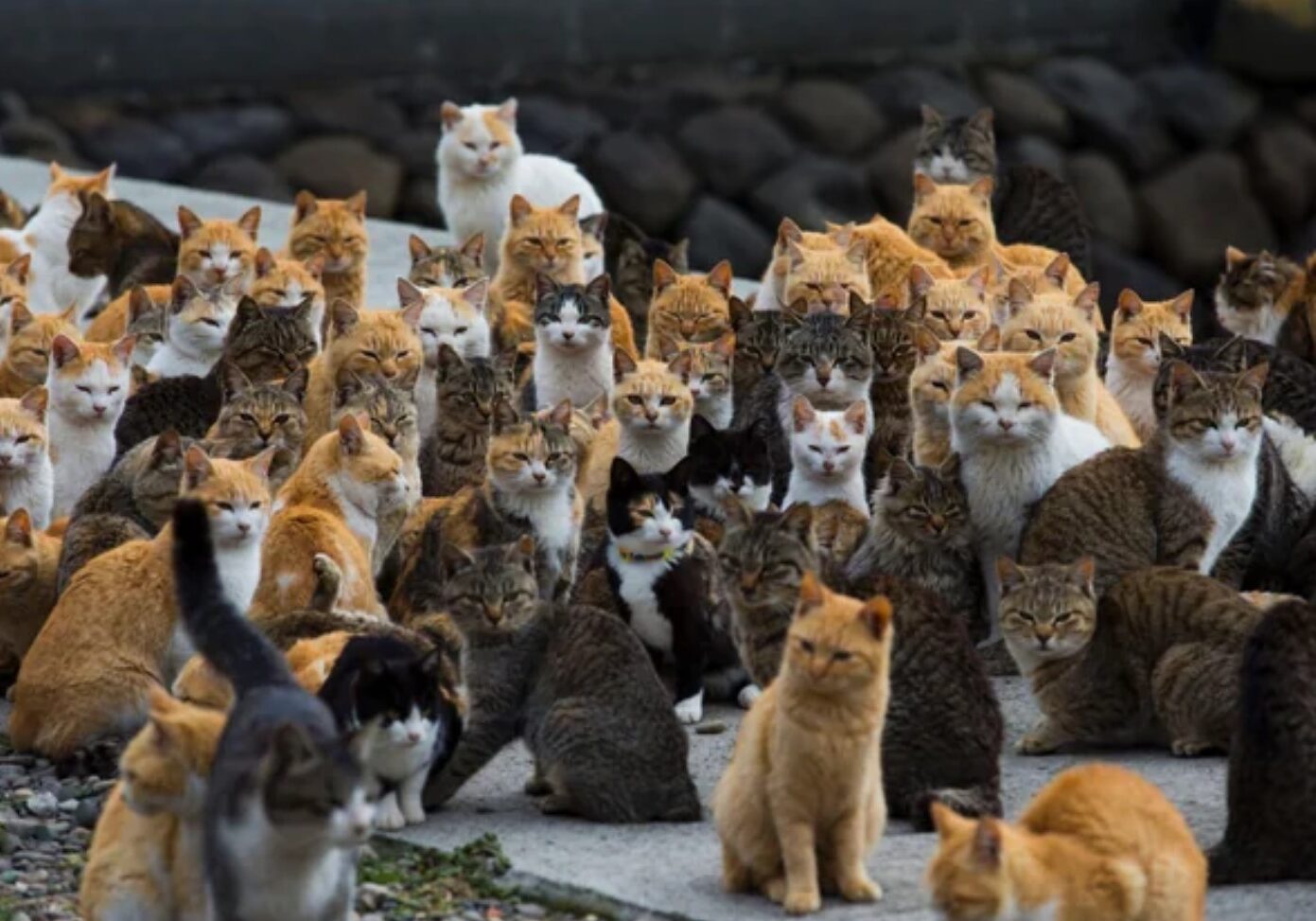
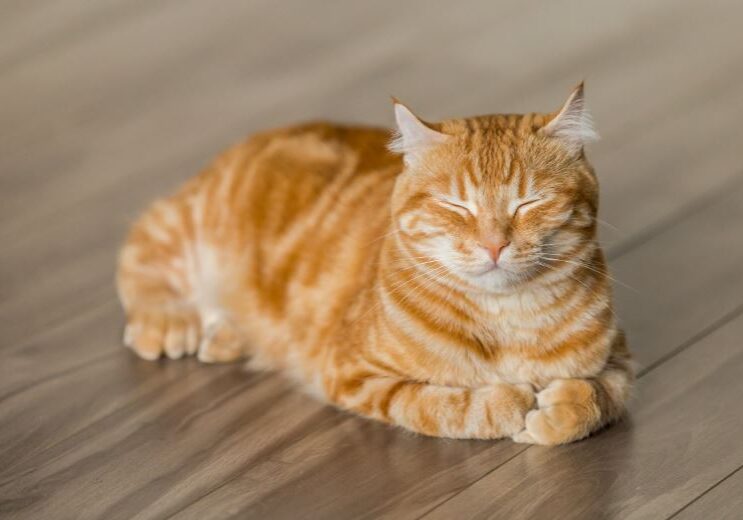
Let's learn more about Cats!
The cat (Felis catus), also referred to as the domestic cat, is a small domesticated carnivorous mammal. It is the only domesticated species of the family Felidae. Advances in archaeology and genetics have shown that the domestication of the cat occurred in the Near East around 7500 BC. It is commonly kept as a pet and farm cat, but also ranges freely as a feral cat avoiding human contact. Valued by humans for companionship and its ability to kill vermin, the cat's retractable claws are adapted to killing small prey such as mice and rats.
It has a strong, flexible body, quick reflexes, and sharp teeth, and its night vision and sense of smell are well developed. It is a social species, but a solitary hunter and a crepuscular predator. Cat communication includes vocalizations—including meowing, purring, trilling, hissing, growling, and grunting—as well as body language. It can hear sounds too faint or too high in frequency for human ears, such as those made by small mammals. It secretes and perceives pheromones.
Discovery
Study of Cats
Female domestic cats can have kittens from spring to late autumn in temperate zones and throughout the year in equatorial regions, with litter sizes often ranging from two to five kittens. Domestic cats are bred and shown at events as registered pedigreed cats, a hobby known as cat fancy. Animal population control of cats may be achieved by spaying and neutering, but their proliferation and the abandonment of pets has resulted in large numbers of feral cats worldwide, contributing to the extinction of bird, mammal, and reptile species.
As of 2017, the domestic cat was the second most popular pet in the United States, with 95.6 million cats owned and around 42 million households owning at least one cat. In the United Kingdom, 26% of adults have a cat, with an estimated population of 10.9 million pet cats as of 2020. As of 2021, there were an estimated 220 million owned and 480 million stray cats in the world.
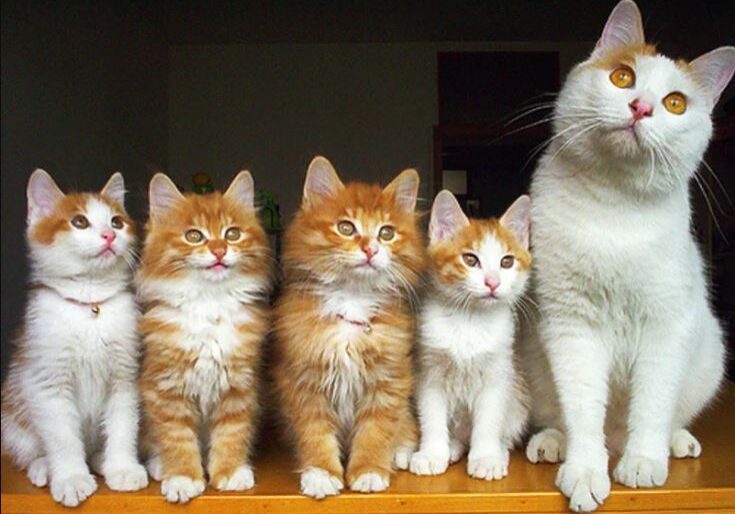
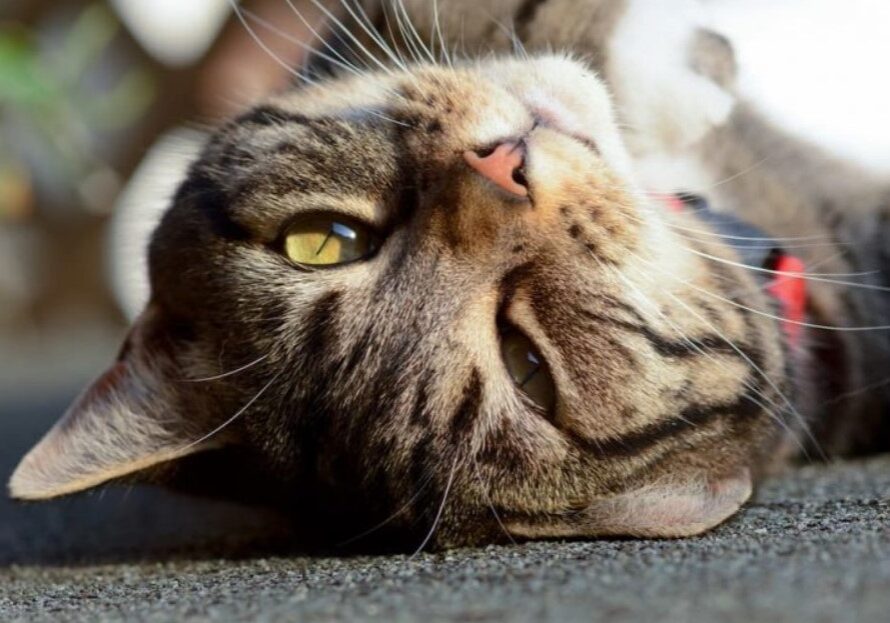
The whiskers of a cat are highly sensitive to touch.
To aid with navigation and sensation, cats have dozens of movable whiskers (vibrissae) over their body, especially their faces. These provide information on the width of gaps and on the location of objects in the dark, both by touching objects directly and by sensing air currents; they also trigger protective blink reflexes to protect the eyes from damage.
Cats have been used for millennia to control rodents, notably around grain stores and aboard ships, and both uses extend to the present day. Cats are also used in the international fur trade and leather industries for making coats, hats, blankets, stuffed toys, shoes, gloves, and musical instruments. About 24 cats are needed to make a cat-fur coat. This use has been outlawed in the United States since 2000 and in the European Union (as well as the United Kingdom) since 2007.
Cat pelts have been used for superstitious purposes as part of the practice of witchcraft, and they are still made into blankets in Switzerland as traditional medicines thought to cure rheumatism.
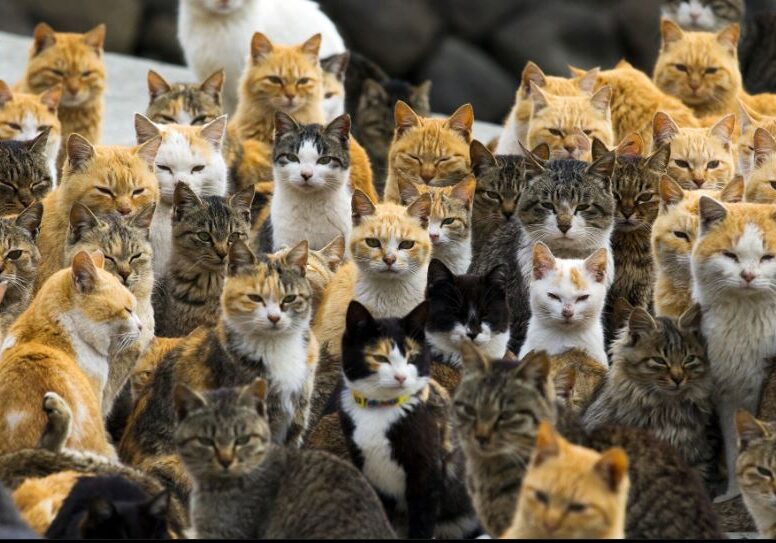
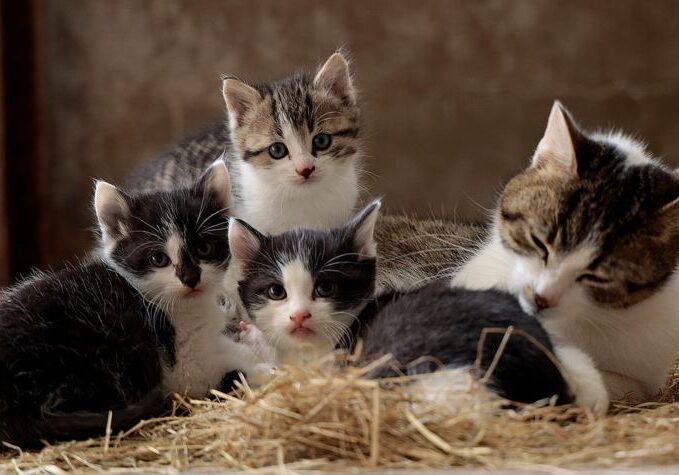
A few attempts to build a cat census have been made over the years, both through associations or national and international organizations (such as that of the Canadian Federation of Humane Societies) and over the Internet.General estimates for the global population of domestic cats range widely from anywhere between 200 million to 600 million.Walter Chandoha made his career photographing cats after his 1949 images of Loco, a stray cat, were published. He is reported to have photographed 90,000 cats during his career and maintained an archive of 225,000 images that he drew from for publications during his lifetime.
Pet humanization is a form of anthropomorphism in which cats are kept for companionship and treated more like human family members than traditional pets. This trend of pet culture involves providing cats with a higher level of care, attention and often even luxury, similar to the way humans are treated.
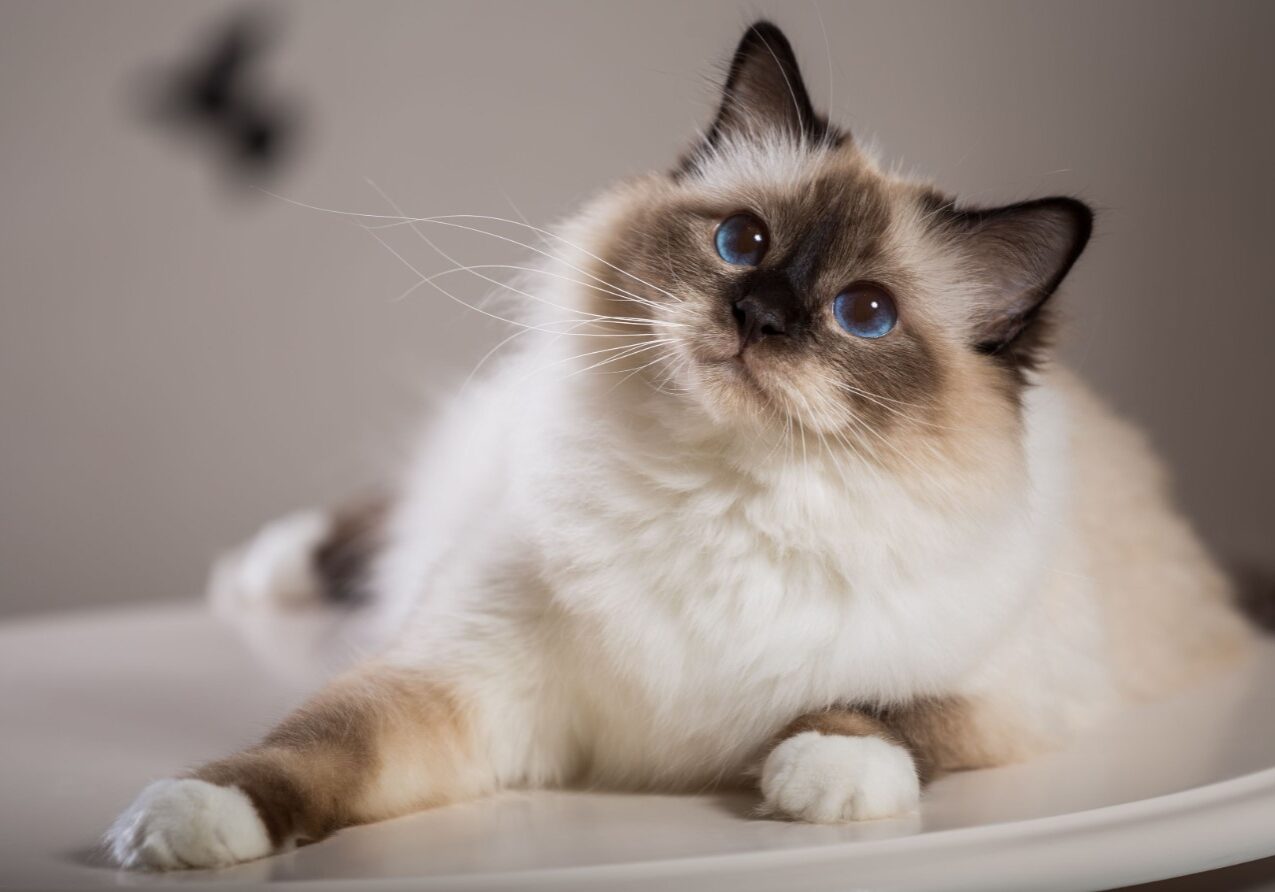
Spiritual Meaning of a Cat Crossing Your Path
When a cat crosses your path, it’s often thought to be more than just a random occurrence. Many people see it as a sign that you should pay attention to what’s happening in your life. Depending on the circumstances, a cat crossing your path could mean you’re being guided to follow your intuition or explore something you’ve been curious about.
What Does Seeing a Cat Mean?
Cats have long been regarded as spiritual animals, often representing qualities such as independence, mystery, and curiosity. In some cultures, cats are believed to possess spiritual powers, sensing energies, and even warding off negative forces. The idea that cats have a sixth sense isn’t new, and many people attribute mystical significance to encounters with these enigmatic creatures.
Seeing a cat might suggest that you need to embrace your intuition and trust your instincts. It can also be a reminder to take time for yourself, just as a cat may withdraw to rest and recharge when needed. In this way, the presence of a cat can encourage you to find balance in your life between activity and relaxation.
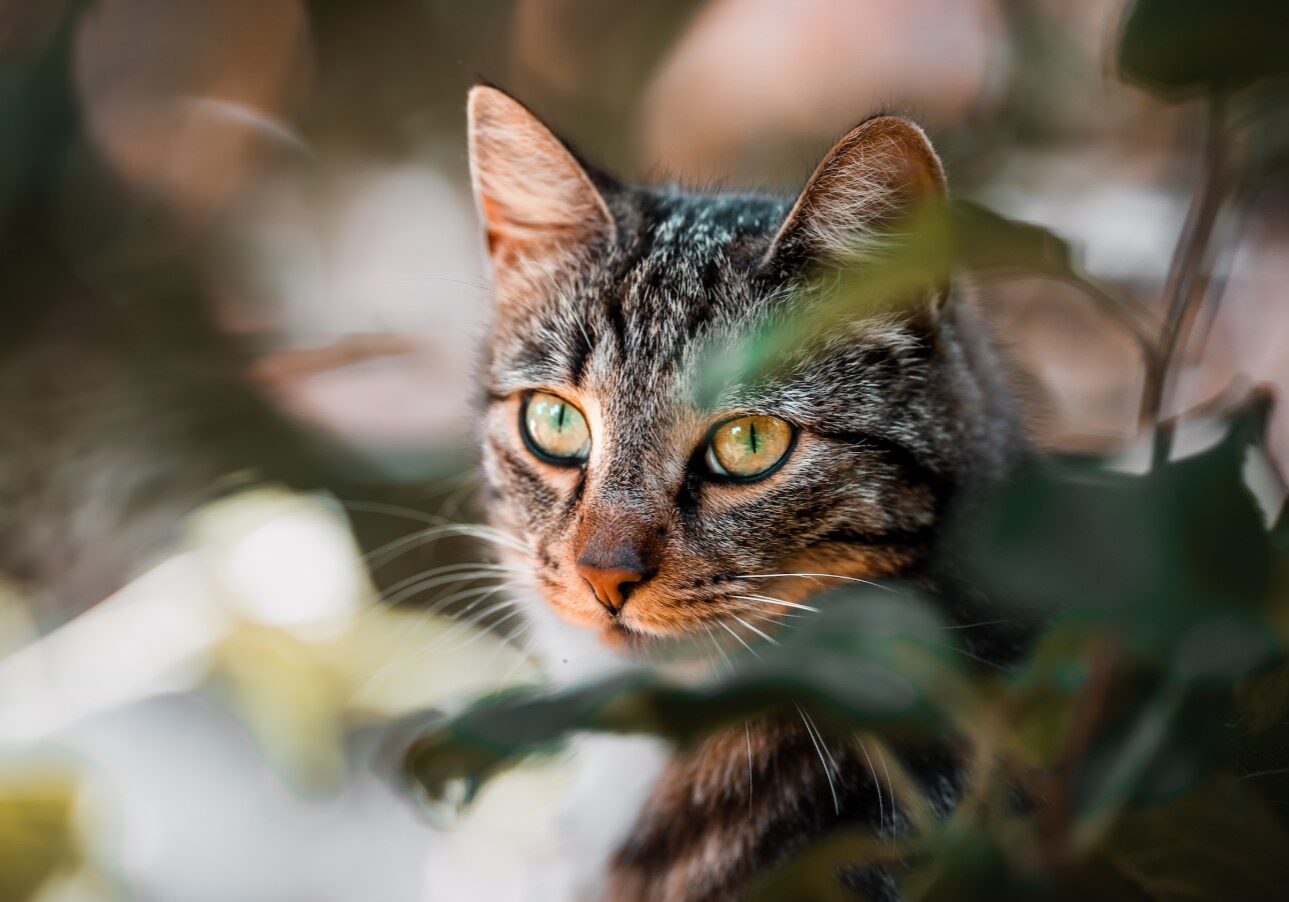
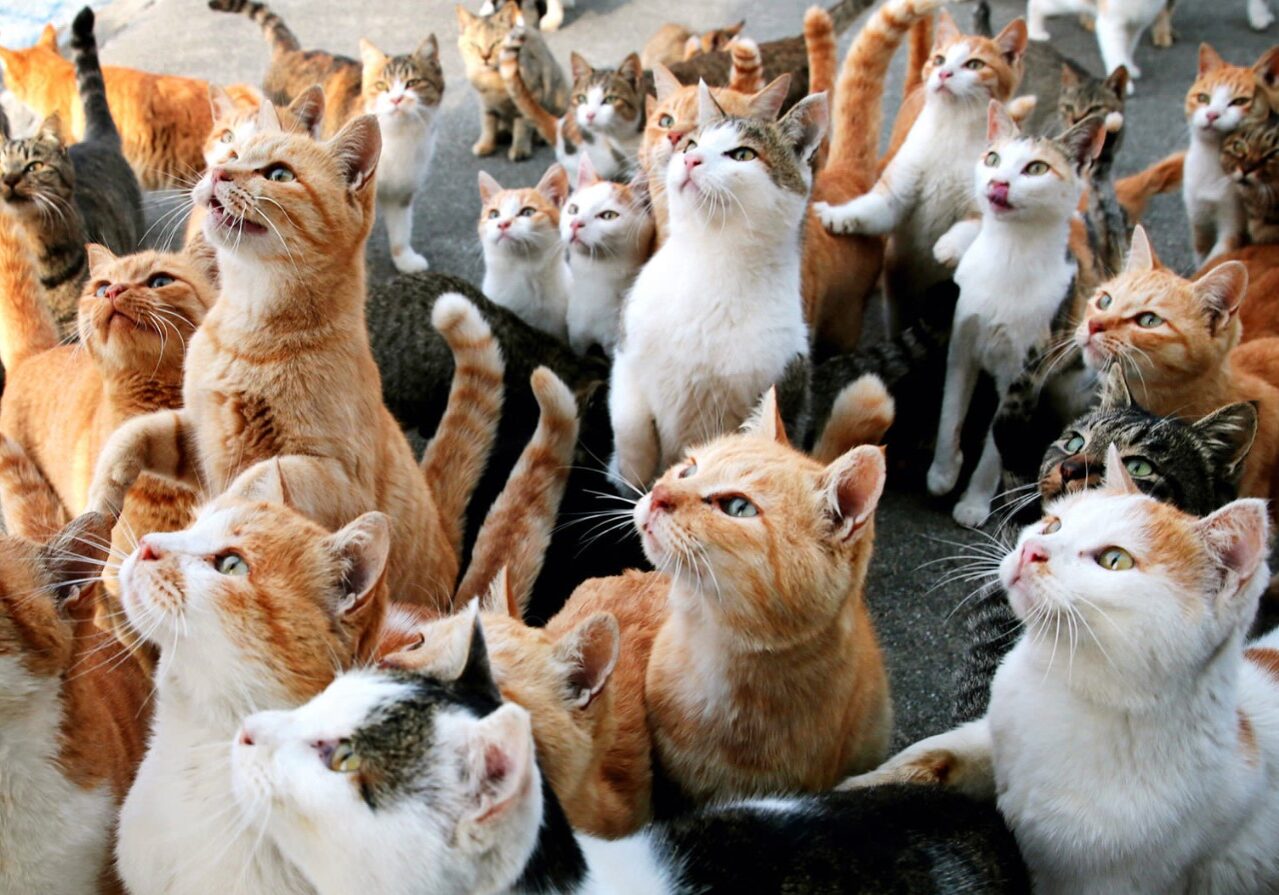
Ancient Greeks and Romans kept weasels as pets, which were seen as the ideal rodent-killers. The earliest unmistakable evidence of the Greeks having domestic cats comes from two coins from Magna Graecia dating to the mid-fifth century BC showing Iokastos and Phalanthos, the legendary founders of Rhegion and Taras respectively, playing with their pet cats. The usual ancient Greek word for 'cat' was ailouros, meaning 'thing with the waving tail'. Cats are rarely mentioned in ancient Greek literature. Aristotle remarked in his History of Animals that "female cats are naturally lecherous". The Greeks later syncretized their own goddess Artemis with the Egyptian goddess Bastet, adopting Bastet's associations with cats and ascribing them to Artemis. In Ovid's Metamorphoses, when the deities flee to Egypt and take animal forms, the goddess Diana turns into a cat.
Cats eventually displaced weasels as the pest control of choice because they were more pleasant to have around the house and were more enthusiastic hunters of mice. During the Middle Ages, many of Artemis's associations with cats were grafted onto the Virgin Mary. Cats are often shown in icons of Annunciation and of the Holy Family and, according to Italian folklore, on the same night that Mary gave birth to Jesus, a cat in Bethlehem gave birth to a kitten. Domestic cats were spread throughout much of the rest of the world during the Age of Discovery, as ships' cats were carried on sailing ships to control shipboard rodents and as good-luck charms.
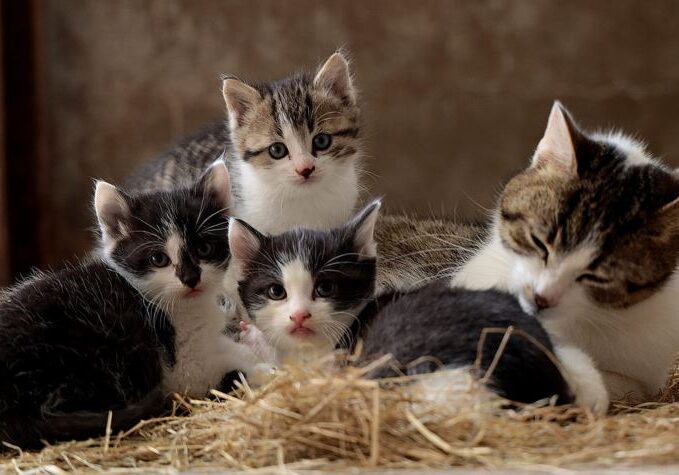
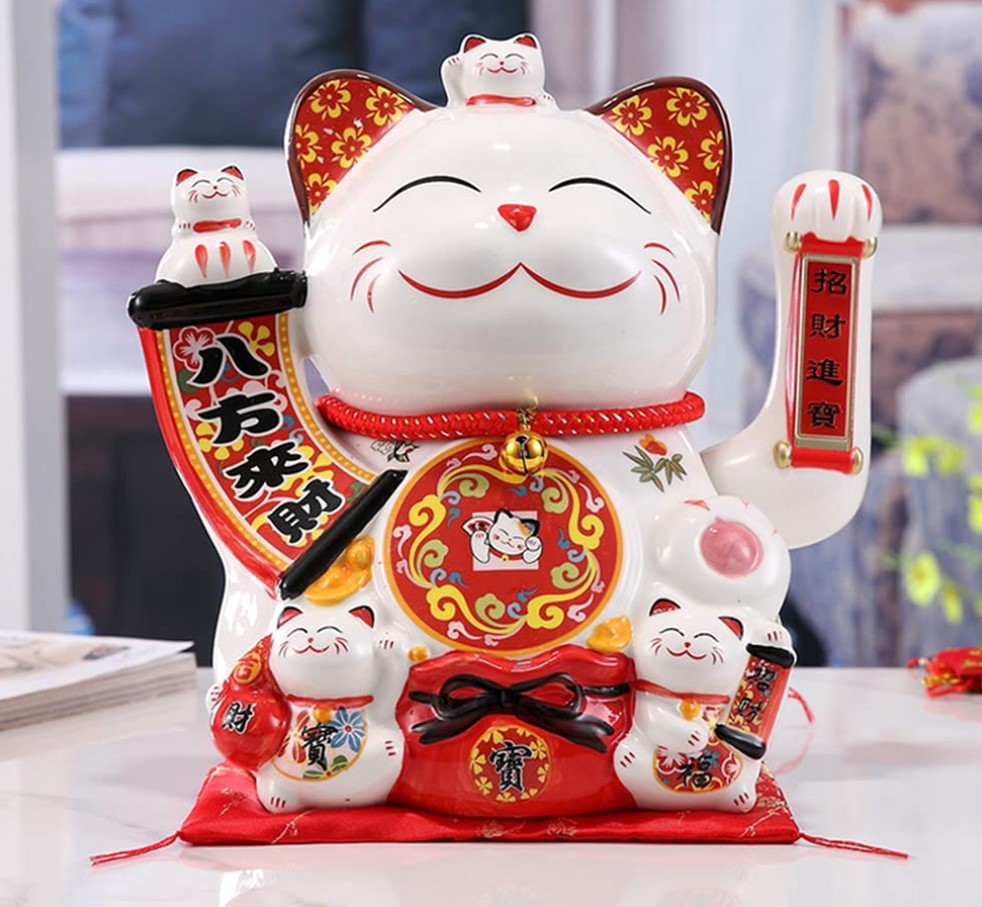
cat mythology
Several ancient religions believed cats are exalted souls, companions or guides for humans, that are all-knowing but mute so they cannot influence decisions made by humans.
In Japan, the maneki neko cat is a symbol of good fortune and prosperity. Often depicted with a raised paw, this figure is said to bring financial success and positive energy.
In Norse mythology, Freyja, the goddess of love, beauty, and fertility, is depicted as riding a chariot drawn by cats.
In Jewish legend, the first cat was living in the house of the first man Adam as a pet that got rid of mice. The cat was once partnering with the first dog before the latter broke an oath they had made which resulted in enmity between the descendants of these two animals. It is also written that neither cats nor foxes are represented in the water, while every other animal has an incarnation species in the water. Although no species are sacred in Islam, cats are revered by Muslims. Some Western writers have stated Muhammad had a favorite cat, Muezza. He is reported to have loved cats so much, "he would do without his cloak rather than disturb one that was sleeping on it".
The story has no origin in early Muslim writers, and seems to confuse a story of a later Sufi saint, Ahmed ar-Rifa'i, centuries after Muhammad. One of the companions of Muhammad was known as Abu Hurayrah ("father of the kitten"), in reference to his documented affection to cats.
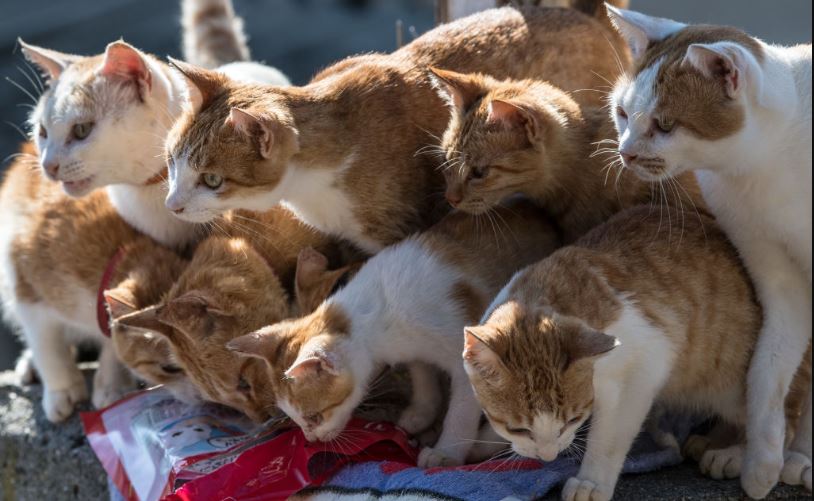
The folklore around cats varies from place to place. In Great Britain, black cats are seen as lucky and are often given as wedding gifts. However, in most of southern and western Europe and in America, the black cat is a symbol of bad luck, and legends tell of the cat as a common shape-shifter and a witch's familiar.
The Legendary Cat Sith
The Cat Sìth held a significant place in Scottish superstitions and was often associated with the supernatural. One common belief was that the Cat Sìth was a witch that could transform into a cat nine times. This belief might have contributed to the modern idea that cats have nine lives.
myth of cats have 9 lives
According to a myth in many cultures, cats have multiple lives. In many countries, they are believed to have nine lives, but in Italy, Germany, Greece, Brazil and some Spanish-speaking regions, they are said to have seven lives, while in Arabic traditions, the number of lives is six. An early mention of the myth can be found in John Heywood's The Proverbs of John Heywood (1546):
Husband, (quoth she), ye studie, be merrie now,
And even as ye thinke now, so come to yow.
Nay not so, (quoth he), for my thought to tell right,
I thinke how you lay groning, wife, all last night.
Husband, a groning horse and a groning wife
Never faile their master, (quoth she), for my life.
No wife, a woman hath nine lives like a cat.
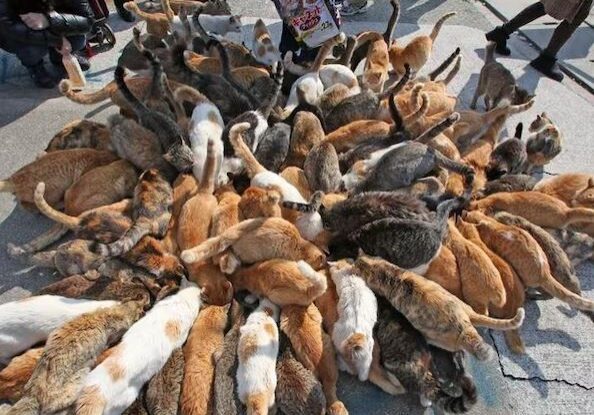
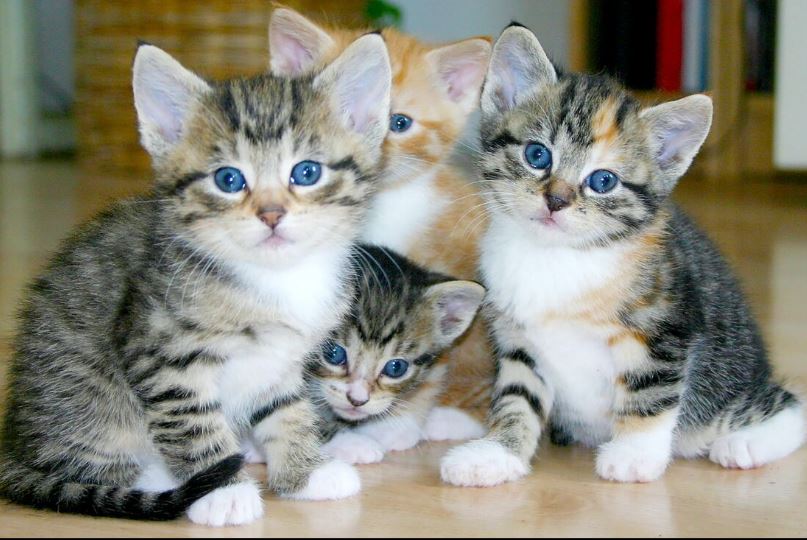
The myth is attributed to the natural suppleness and swiftness cats exhibit to escape life-threatening situations. Also lending credence to this myth is the fact that falling cats often land on their feet, using an instinctive righting reflex to twist their bodies around. Nonetheless, cats can still be injured or killed by a high fall.
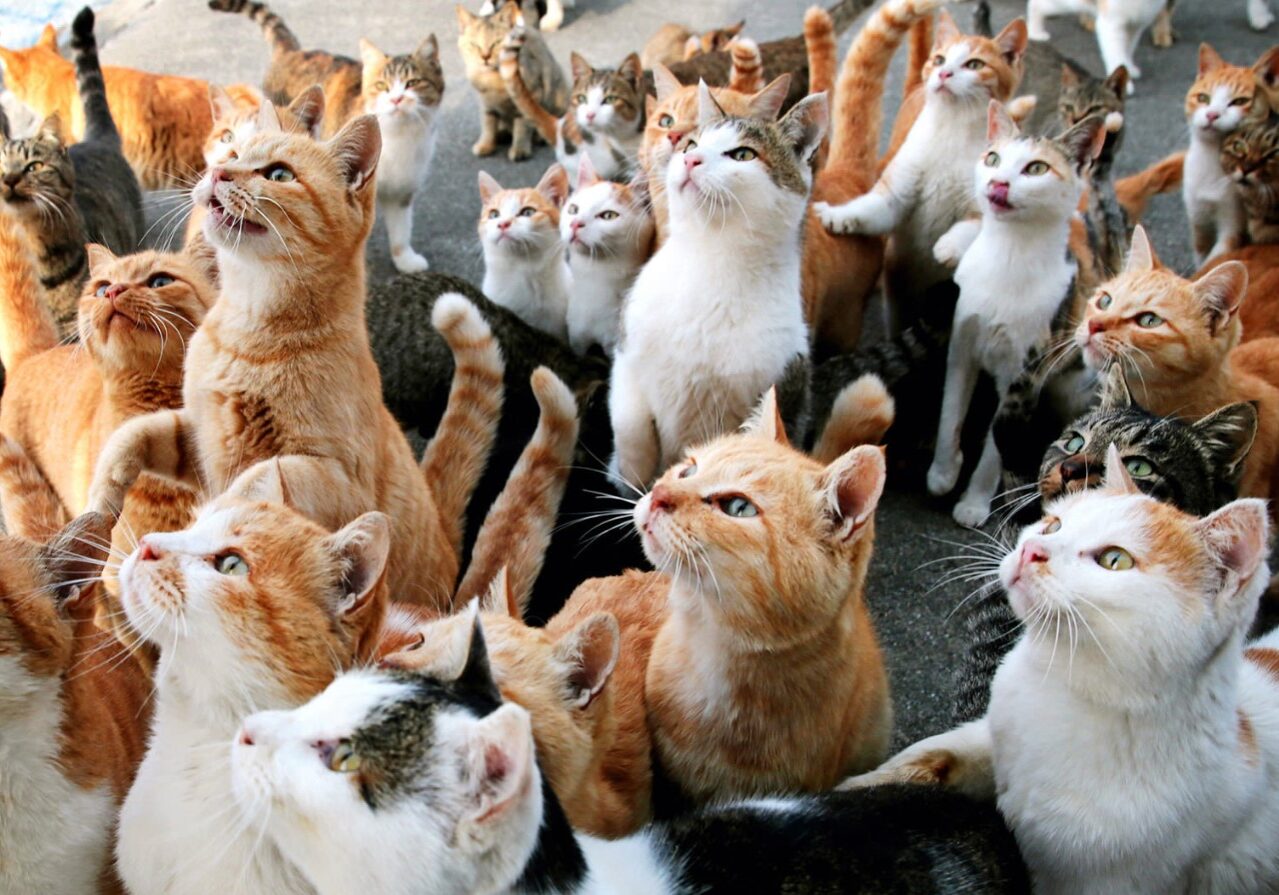
What Does It Mean When a Cat Appears Near Your Home?
If a cat shows up at your doorstep or lingers around your house, it may carry a spiritual message. Cats are known to be drawn to places with positive energy and may be there to absorb or ward off negative forces. A cat’s presence could indicate that your home is a place of comfort and tranquillity, or it may suggest that you’re in need of some protective energy.
Cats are also thought to reflect your state of being. If a cat seems particularly drawn to you, it might mean that you have a welcoming energy or that you could benefit from tuning into your intuition.
cat Colours and Their Spiritual Meanings
Different coloured cats are believed to hold distinct spiritual meanings. Here’s a look at some common interpretations:
- Black Cats: Often misunderstood, black cats can represent protection, mystery, and transformation. In spiritual traditions, seeing a black cat could be a reminder to embrace the unknown and trust your intuition. They are also thought to be linked with magic and can be seen as symbols of power and mystery.
- White Cats: White cats are often associated with purity, healing, and positive energy. The spiritual meaning of seeing a white cat may suggest that you’re entering a time of peace and renewal. It can also symbolise spiritual growth and the need to cleanse your energy.
- Orange or Ginger Cats: Cats with orange or ginger fur are commonly linked to creativity, joy, and warmth. If you encounter an orange cat, it may be a sign to embrace your playful side and express yourself more freely.
- Grey Cats: Grey cats can symbolise balance and neutrality, often appearing when you need to find calm in a chaotic situation or seek clarity amidst confusion.
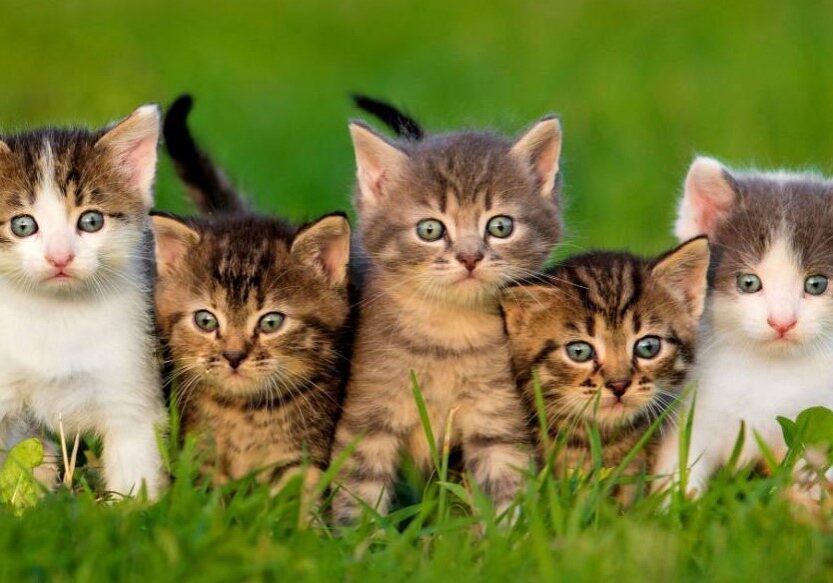
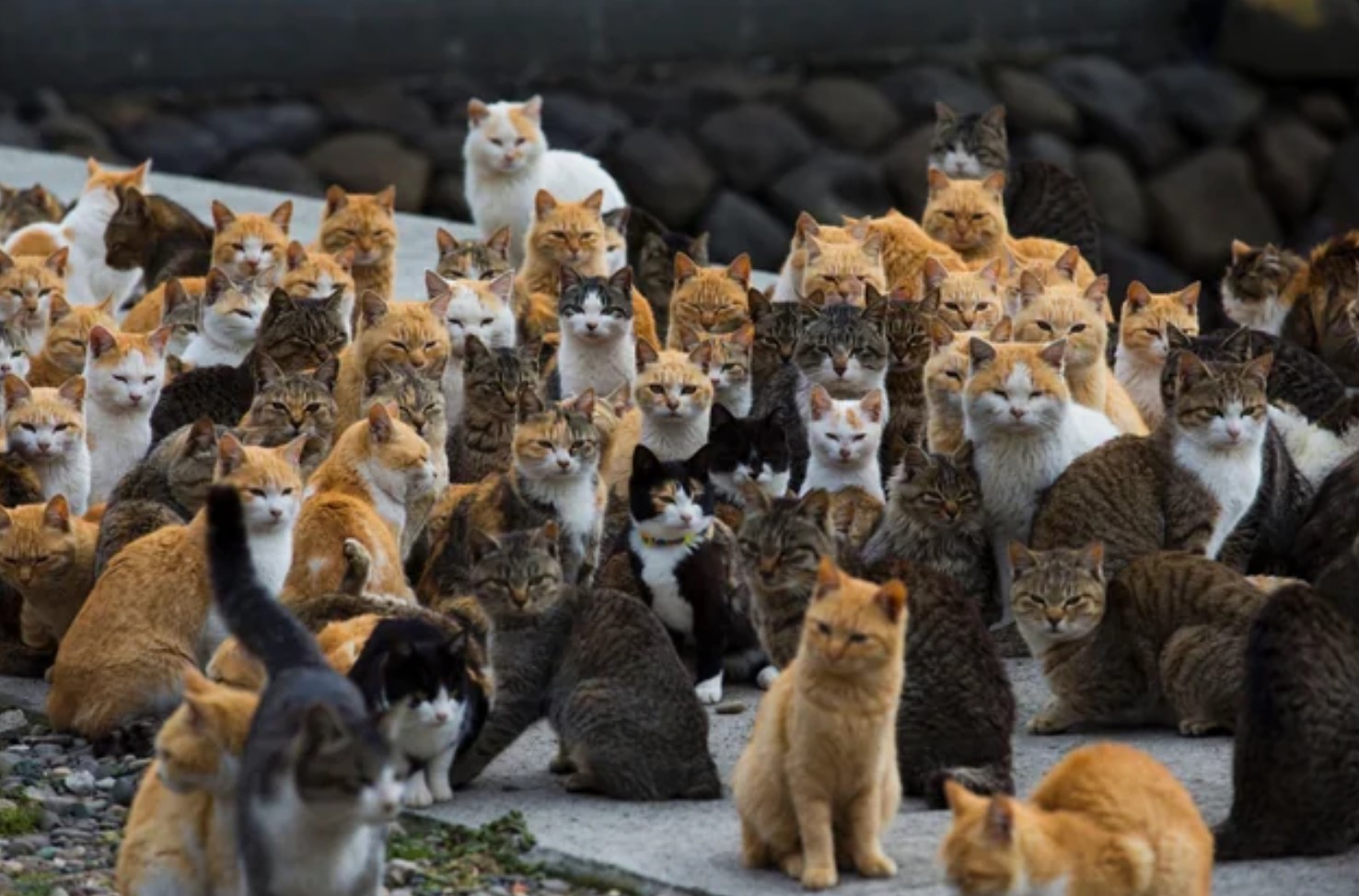
Cat Numbers and Their Spiritual Meanings
If you keep seeing a certain number of cats, there may be a deeper spiritual message behind it. For instance:
- One Cat: May represent self-reflection and the need to connect with your intuition.
- Two Cats: Could suggest balance or duality, perhaps indicating a decision that needs to be made.
- Three Cats or More: Might symbolise abundance or a time of growth and expansion in your life.
How to Know if a Cat is Your Spirit Animal
If you feel a strong connection to cats or frequently encounter them, whether in real life, dreams, or symbolic forms, they might be your spirit animal. Here are some signs that a cat could be guiding you on your spiritual journey:
Cats Appear Frequently in Your Life
If cats consistently show up around you—in reality, dreams, or artwork—it may indicate that they are your spirit animal. Their recurring presence suggests that their energy resonates with yours, inviting you to explore their deeper symbolic meaning. Cats are known for their independence, intuition, and mystery, offering guidance in exploring your inner world and trusting your instincts.
You Embrace Independence and Self-Reliance
Cats are symbols of independence and self-sufficiency. If you find yourself drawn to their solitary nature, it may reflect your appreciation for your own autonomy. The cat spirit animal encourages you to seek your own path, value your personal space, and cultivate your inner strength without relying heavily on others.
You Have a Strong Intuitive Sense
People connected to the cat spirit animal often display heightened intuition and a natural ability to sense the unseen. If you trust your gut feelings or feel drawn to exploring spiritual practices, the cat may be a guide for you. It encourages you to listen to your inner voice, embrace your curiosity, and navigate life's mysteries with confidence and awareness.
